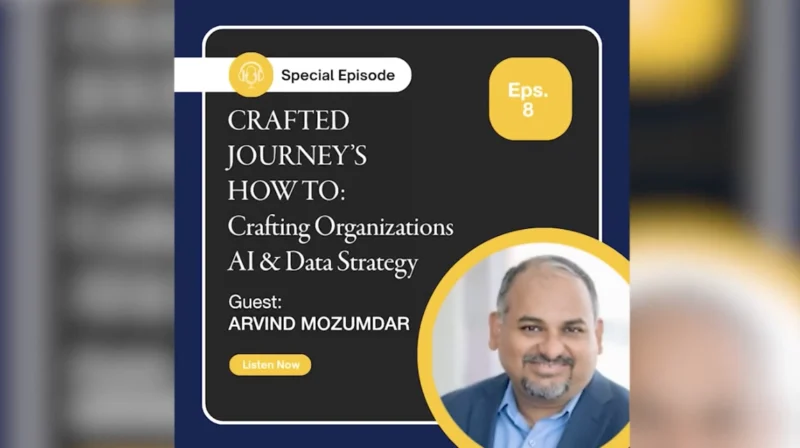Non-Bank Financial Assets are Increasing. What is the Financial Industry Doing to Improve Consumer Safety and Regulation?
Non-bank financial assets are growing, and are a popular mortgage and lending option for many individuals, only becoming more popular, with a rise in total global financial assets of 7.7 percent, according to Central Banking Newsdesk. Why is this such a growing concern? Non-banks, or “shadow banks,” as some call them, are unregulated and carry risks to financial stability.
How are non-banks coming to dominate the industry and why do they pose such concerns to financial experts? Currently, 60 percent of consumer and business credit is supplied by non-bank institutions, with many non-mortgage providers providing home loans. Some are concerned by the rise of non-bank lending, because these institutions, such as Lehman Brothers and AIG, crashed and required huge bailouts by the government, which contributed to the 2008 recession.
What has catalyzed the growth in non-bank lending and how do they sometimes seem to hide some of their risks? Richard Harris, EVP Head of Strategy & Advisory, Feedzai, shares about some of the key issues that need to be tackled regarding financial stability in today’s age.
Richard’s Thoughts
“So at Feedzai, we launched our RiskOps platform last year to counter three, clearly emerging industry challenges. Number one, real-time data and payments move between banks around the world in seconds Now, number two, identity in the 21st century, identity is a digital and biometric challenge. And number three, collaboration, fraud, and financial crime teams now need to be able to collaborate across our financial institutions. And the tooling that they had in the past simply didn’t really allow this to take place. So with RiskOps, what we’ve built is a single platform that allows banks to manage all the data all the time in real-time, and allow their teams to collaborate to bring the best outcomes for them and for their consumers.”








